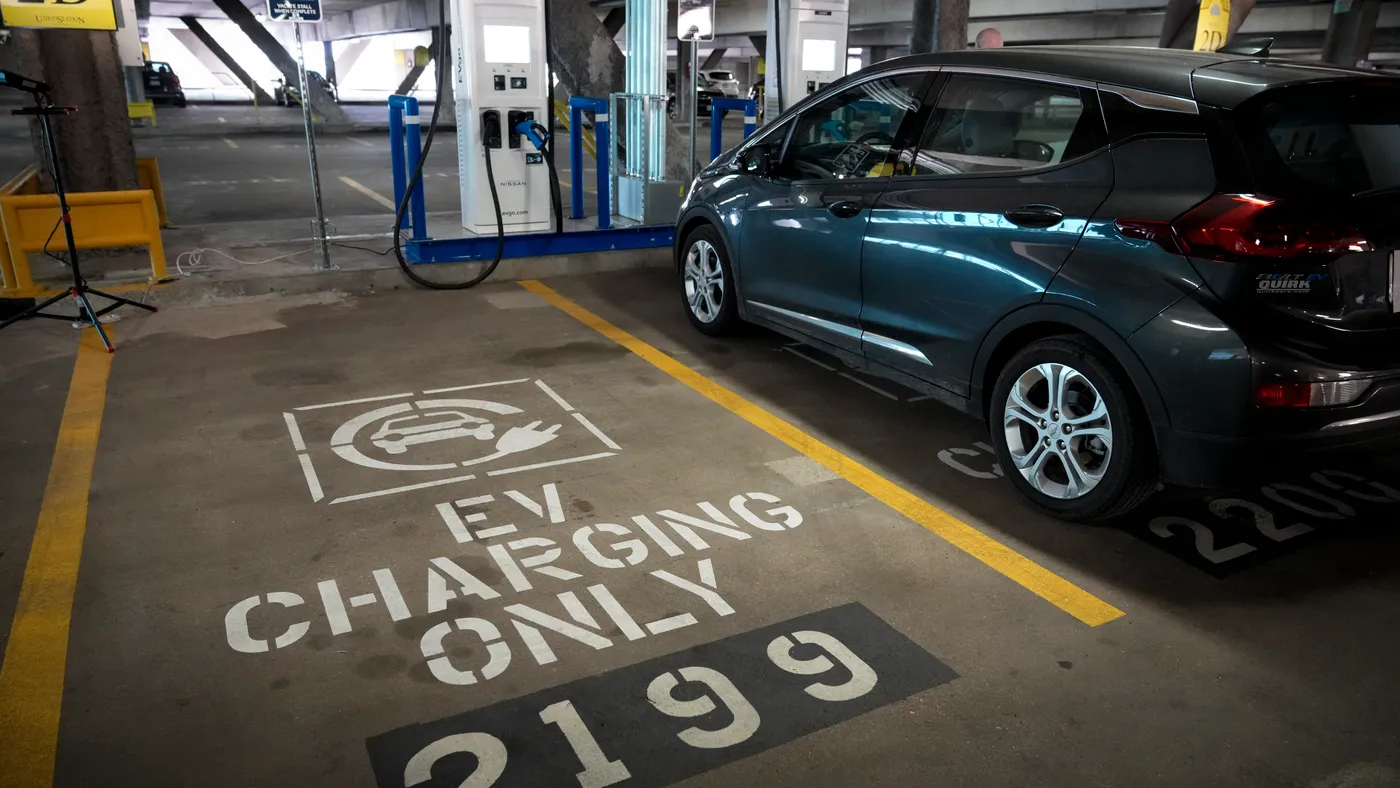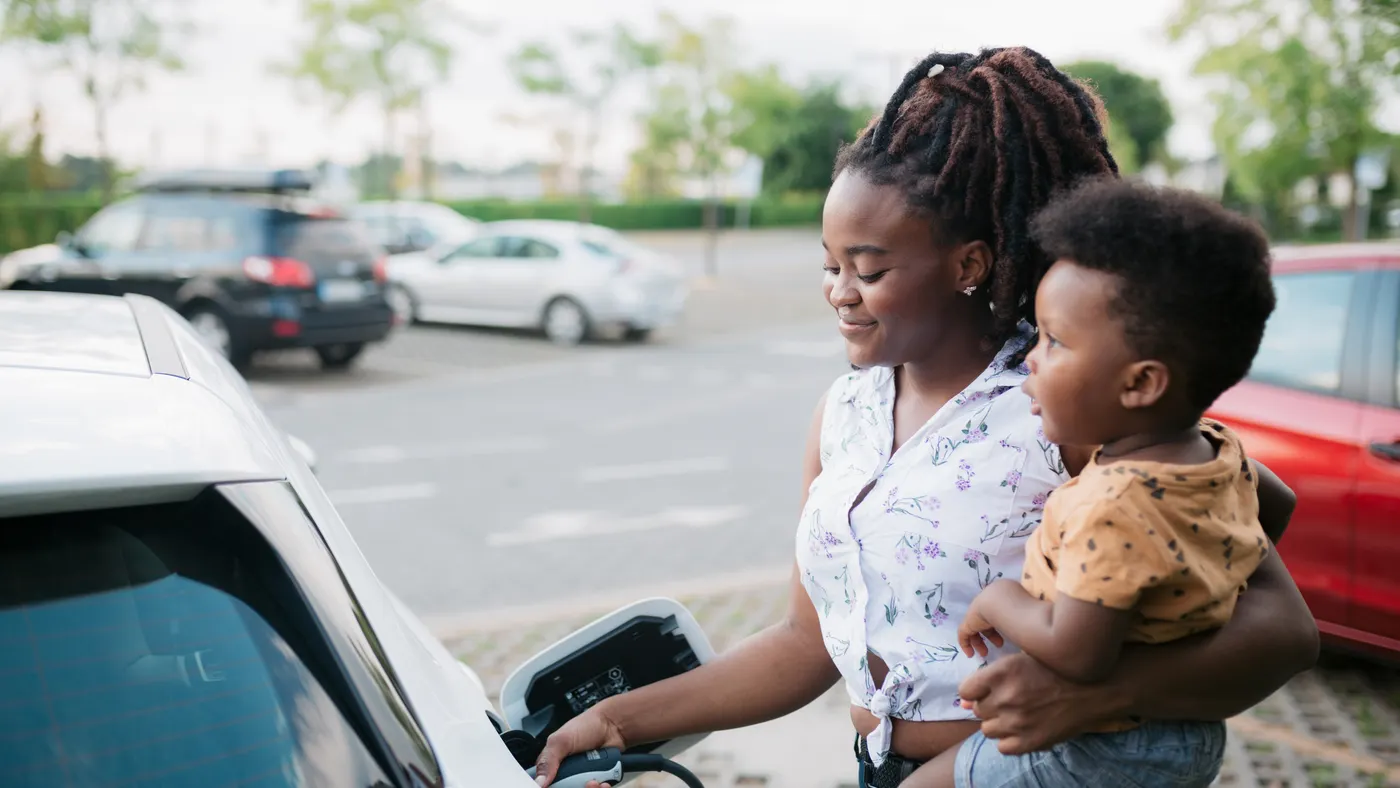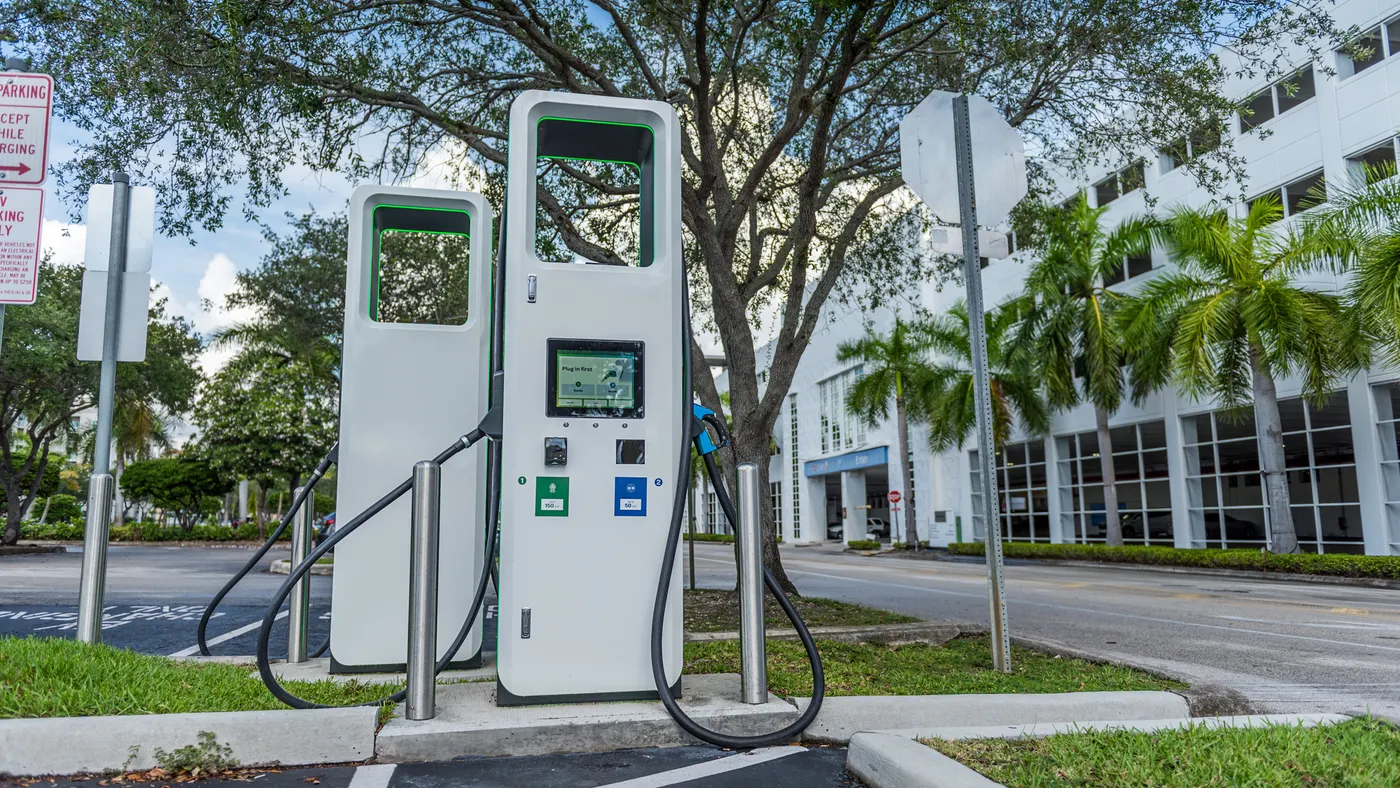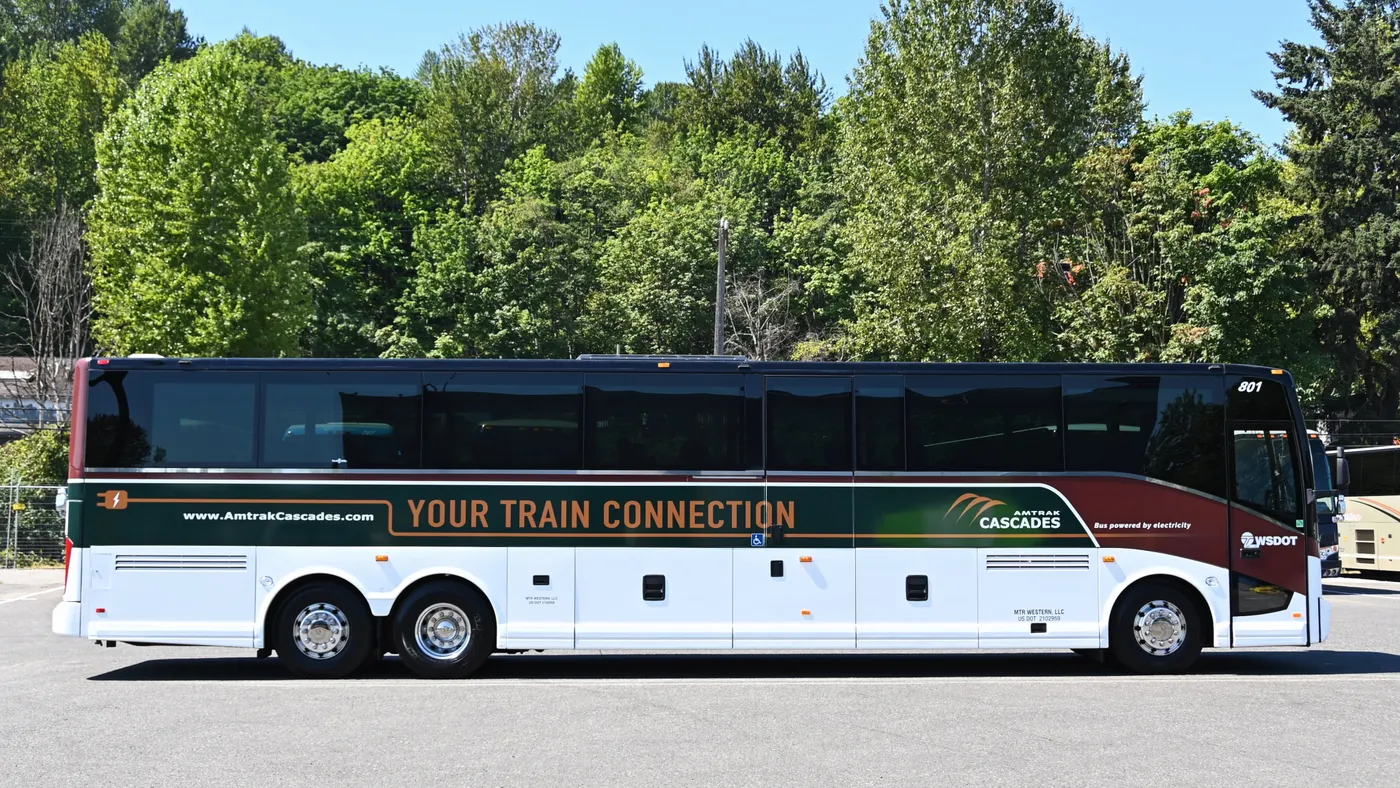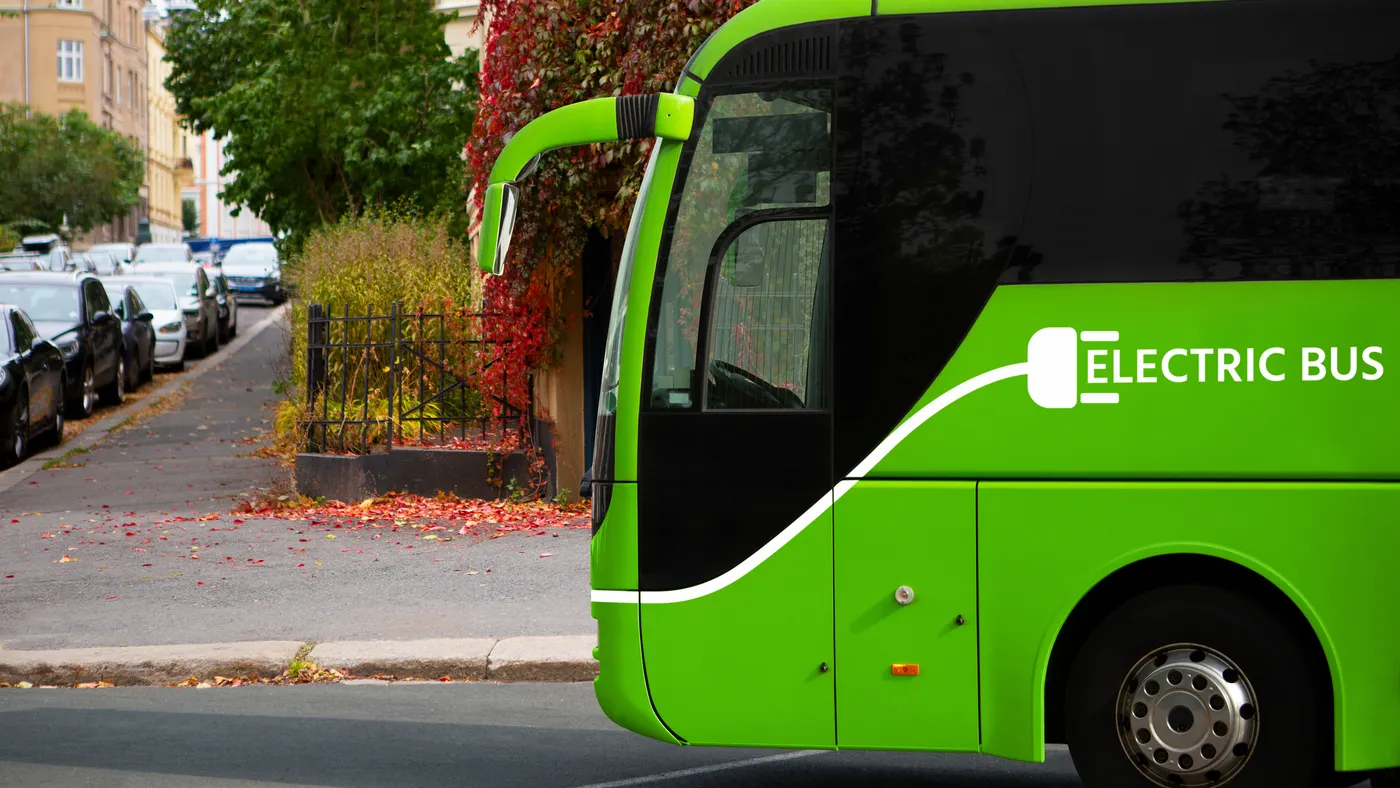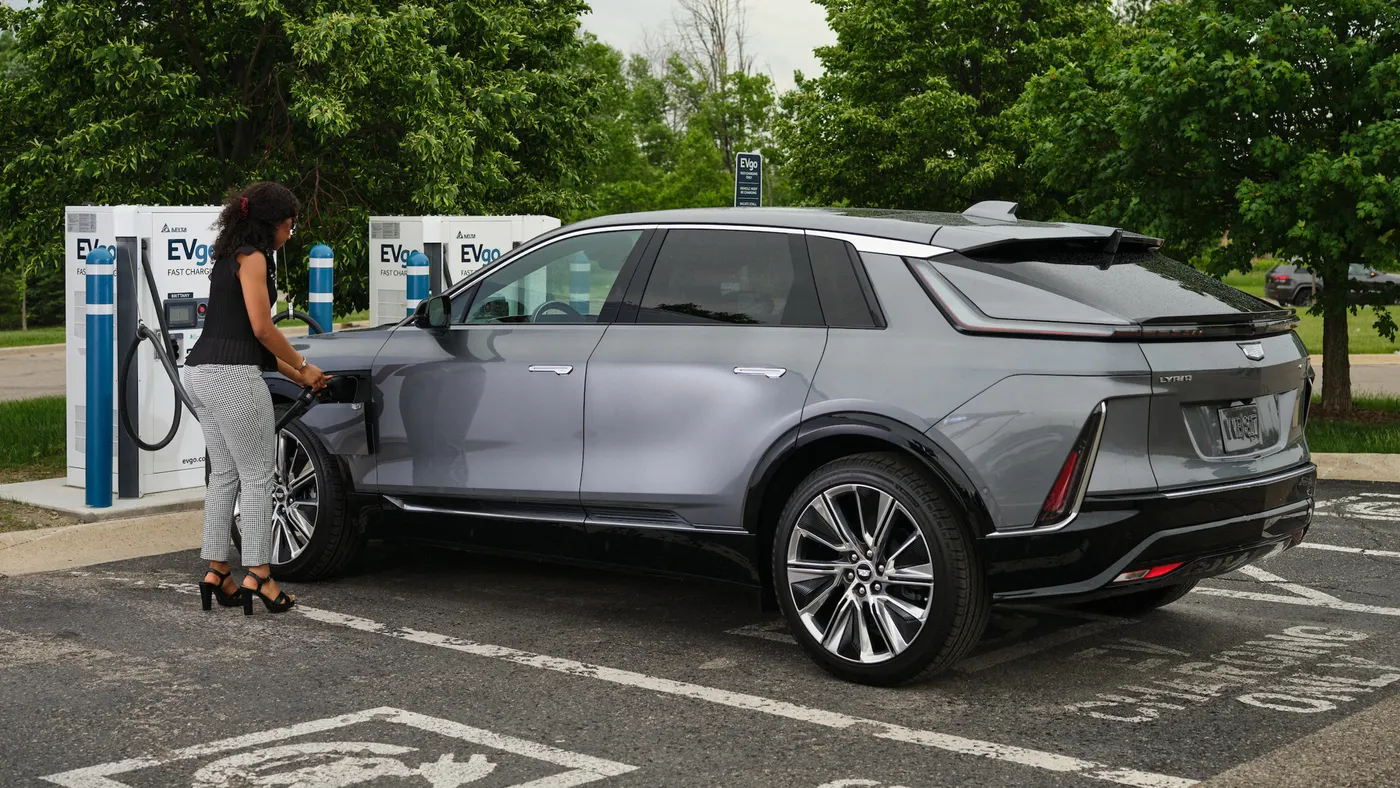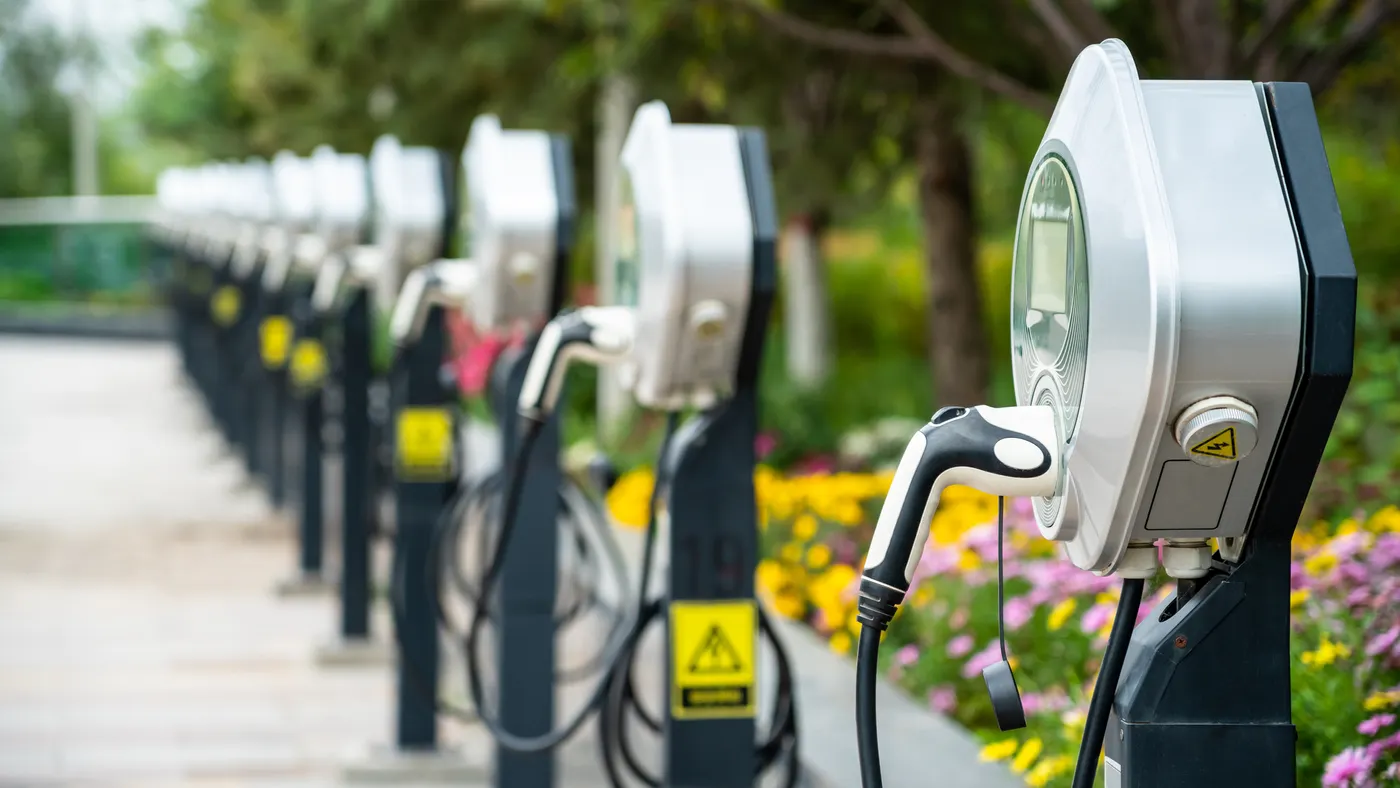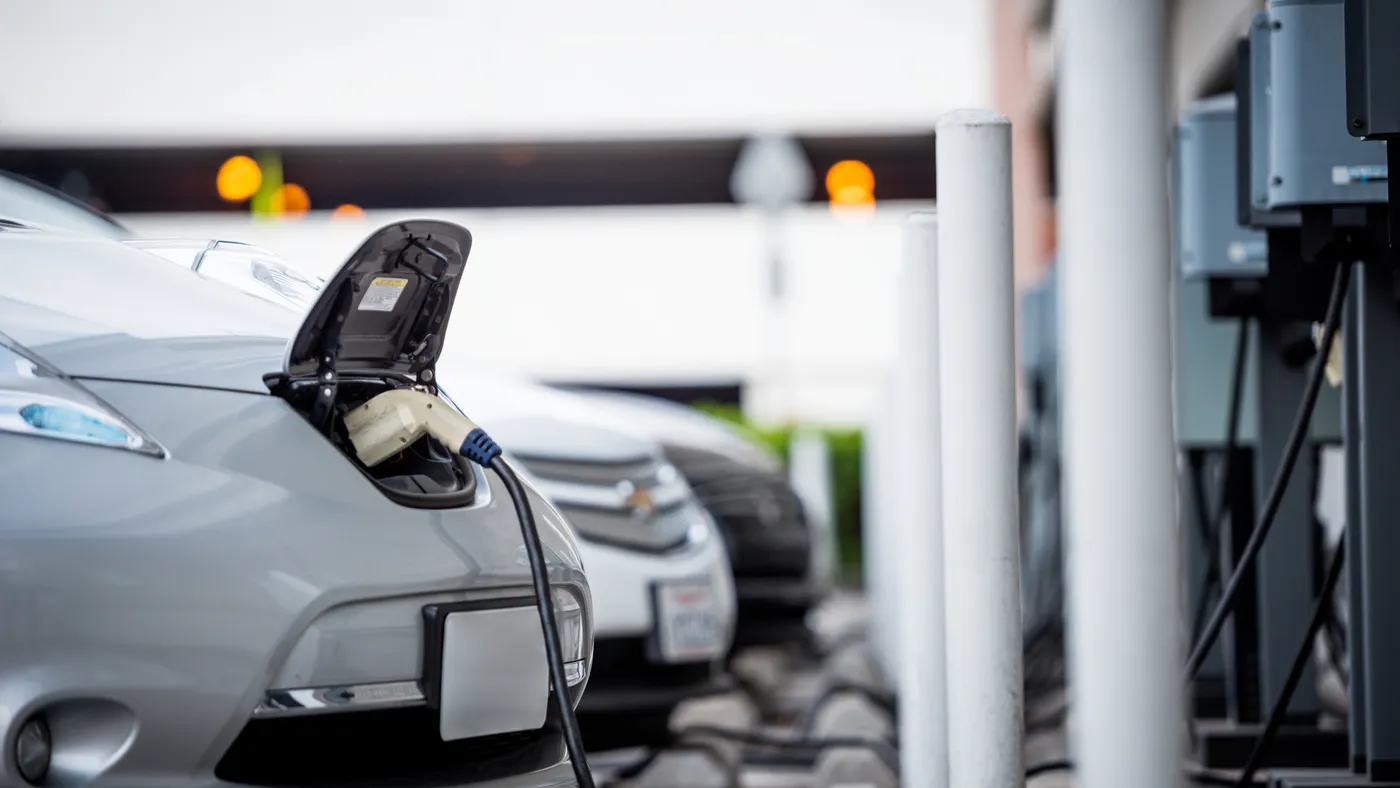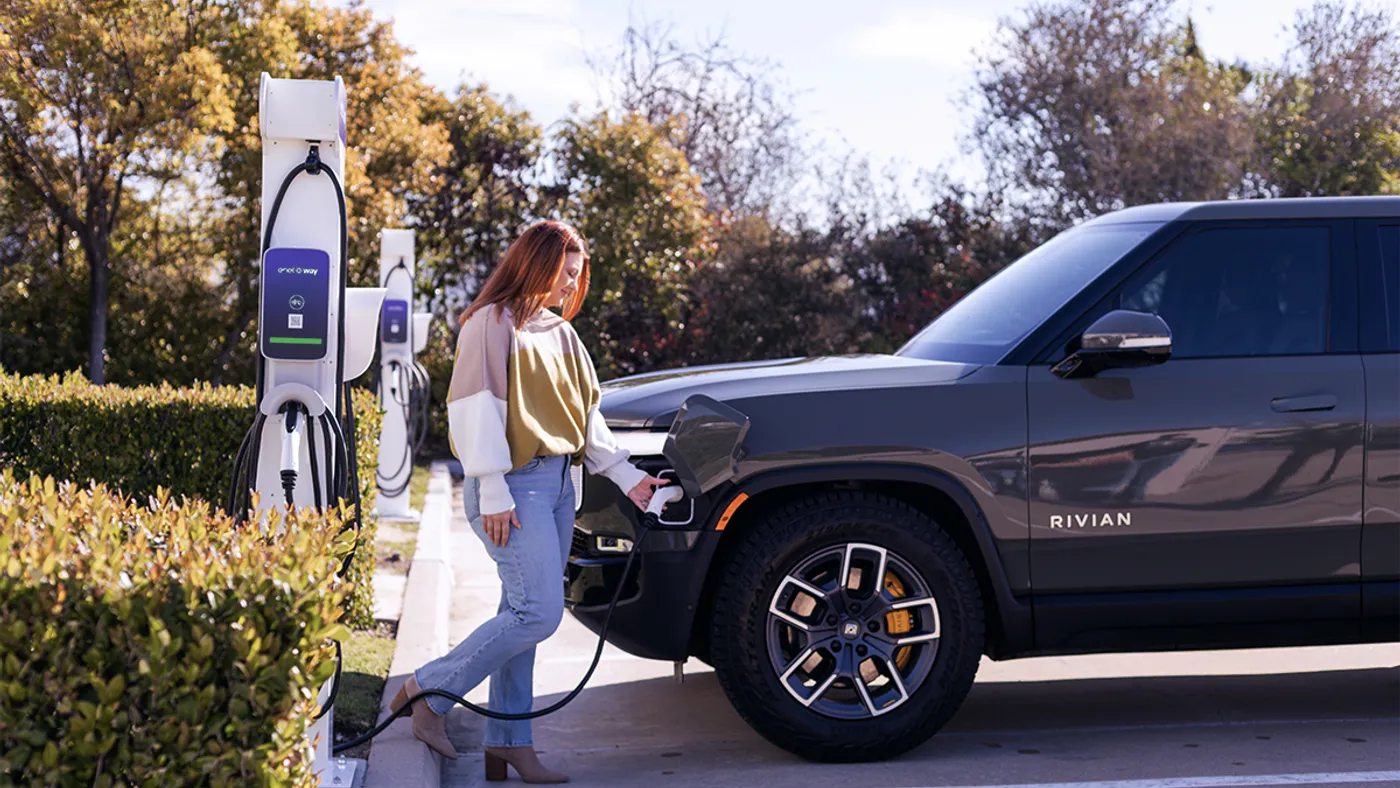
Booming EV sales amp up the pressure on cities and companies to meet charging demand
Two-thirds of new light-duty vehicles sold in the U.S. by 2032 could be electric vehicles if the U.S. Environmental Protection Agency’s proposed standards go into effect, bringing benefits and challenges to cities nationwide.
“A lot of cities and states have climate goals that the zero-emission vehicles will help to achieve,” said Larissa Koehler, director of vehicle electrification and senior attorney at the Environmental Defense Fund, in an interview.
But EV sales are growing rapidly, putting pressure on municipalities and the private sector to provide the charging infrastructure necessary to meet the upcoming demand.
More than one million EVs could be sold in the U.S. this year, according to Cox Automotive. First-quarter sales have already set a new record, with EVs accounting for 7.2% of new vehicle sales. Last year, the Edison Electric Institute projected that more than 26 million EVs would be on the road in the U.S. in 2030; McKinsey estimated 48 million.
“This is a wake-up call if you weren’t already aware of the frenzy around electric transportation,” said Ashley Horvat, vice president-eMobility North America at Schneider Electric, a global energy management company, in an email. Horvat warned that “the transformation required to enable widespread vehicle electrification will be a massive challenge,” adding that they see “massive disparities across the country” on the ease of implementing EV infrastructure projects.
The challenge of providing sufficient, readily accessible charging stations may be most acute in urban centers, particularly in low-income communities, where the transition to zero-emission vehicles is most needed. “Because of housing discrimination and other unjust policies, communities of color and lower-income communities make up a higher percentage of the population near our roads and highways, and are disproportionately burdened by unhealthy pollution from cars and trucks,” said Melody Reis, senior legislative and regulatory policy manager at Moms Clean Air Force, in an emailed statement.
Andrea Marpillero-Colomina, sustainable communities program director at GreenLatinos, said in an interview that “it’s going to be pretty hard to convince” renters in low-income neighborhoods to choose an EV given the current lack of charging infrastructure. She recommended outreach in multiple languages to communicate the benefits of EVs.
City leaders are “very much thinking about how to equitably deploy” charging infrastructure in low- and medium-income areas, said Climate Mayors’ policy director, Meghan Pazik, in an interview. She added that many cities are already working to deploy EV charging stations and electrify their municipal vehicle fleets.
Pazik also pointed out that the newly proposed EPA standards will help cities accelerate their climate action plans and meet their climate goals. “Cities are just trying to think through what makes sense for their city,” she said.
Charging companies are ready to meet the demand growth, executives said.
Suzanne Goldberg, senior director of public policy North America at ChargePoint, said in an interview that the EPA’s action “provides a really clear signal to the private sector” and gives regulatory certainty to the trajectory of EV demand.
Blink Charging President Brendan Jones said the charging industry is “on the right track” but needs to keep expanding capacity to meet the projected demand. In addition to installing fast chargers, cities need slower level 2 chargers in garages, parking lots and multifamily dwellings, which can work just as well for most drivers.
Other possible public charging locations include parks, libraries and other venues where people spend their time, said Ellen Kennedy, who leads the carbon-free transportation initiative at RMI, a nonprofit advocacy organization, in an interview. Major retailers, including Walmart and 7-Eleven, have also announced plans to install chargers at many stores.
Kennedy said, “We'll need about 20 times the number of chargers that we have available today,” including home and public chargers. “We also need to make sure that we have grid capacity to support those chargers [and] that there's resilience on the grid.”
Thomas Boylan, regulatory director at the Zero Emission Transportation Association, called the EPA’s action “historic” in an interview, citing the beneficial effects on greenhouse gas reductions and local air quality. But he added, “It's going to take a lot of work across a couple of different sectors, one of which being the charging sector.”

